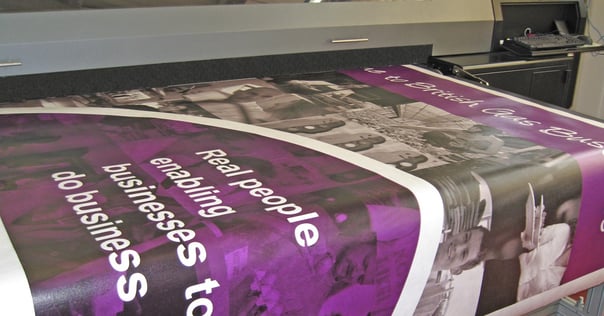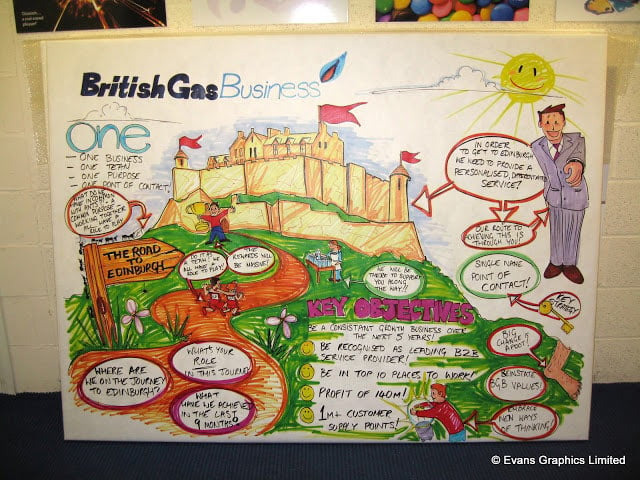Tyvek is that rarest of things, a unique material which also happens to be incredibly versatile.
Only discovered in 1955, this high-density polyethylene remains a relative newcomer in the world of print substrates.
In a relatively short space of time however, traits both unlikely and unmatched have seen it emerge as a serious contender for everything from CD sleeves to clothing.
Here’s why you absolutely CAN print on to Tyvek and moreover why you should…
A Unique Material

As mentioned, this material was uncovered by a DuPont researcher named Jim White back in the mid-50s.
White was actually assessing piping in a series of unrelated experiments when he happened upon polyethylene fluff, something he later converted into the substance now known as Tyvek.
For the avoidance of doubt, that is a synthetic made from high-density polyethylene filaments. Heat and pressure bonds said filaments together, creating a base material, one similar to paper – at least in appearance.
There are actually two structures of Tyvek – one a soft, fabric-like surface, the other – a hard, paper-like feel.
Unsurprisingly, DuPont were quick to patent their discovery (1965) and began to market it commercially shortly after (1967).
People soon latched onto the sheer printability of DuPont Tyvek, as it would become known. Though strictly none of cloth, paper nor plastic, it boasted benefits associated with all three.
Fast forward 50+ years and Tyvek lends itself to all conventional print processes, including Flexo, Gravure, Letterpress, Offset, Screen and Digital, which we deem to be the most effective method.
Tyvek Qualities
Tyvek’s popularity is easily explained.
Firstly, it is incredibly tough, boasting a core tensile strength which belies its own light weight.
Expose this substrate to chemicals, water and soaring temperatures and it will more than hold its own. If proof were needed, it has been shown to withstand heat of 118°, though it is highly flammable.
Puncture and tear-resistant, it’s become an obvious choice for outdoor display.
In fact, Tyvek is synonymous with external banners and posters above all other applications.
Recyclability is another huge positive in this modern era, where there is now a concerted effort to improve carbon footprints and enhance sustainability.
Tyvek is 100% recyclable and regularly reborn as automotive components and packaging.
Furthermore, it’s recognised as a cost-effective alternative to its closest rival, PVC.
Print Benefits of Tyvek

Those are the well-known advantages but what of the actual print process?
As mentioned, Tyvek lends itself to digital and large format printing for several reasons.
To begin with, it has both a smooth and a rough side, the former making for an even matt surface ideal for ink absorption.
The surface tension of Tyvek is somewhere between 35 and 50 dyne and proven to last many years before decreasing.
Depending on the intended application, designers seek out materials with a high opacity. Tyvek is one of those. In fact, it has one of the highest opacity ratings in the print sector, ideal for envelopes, cargo covers and the like.
Rest assured, there is no risk of one design bleeding through to another, despite the fact it can be printed on to both sides – another benefit.
The print quality itself is also of a very high standard. Uncoated Tyvek can be printed on to using most digital and commercial processes. Other digital presses and aqueous ink-jet printers can be put to use too, providing certain coatings have been applied beforehand.
If prepared properly and professionally, the output will not disappoint.
Once printed, Tyvek lends itself to all manner of finishing techniques. Your product can be coated, folded, embossed, heat-sealed, laminated, stitched and welded, to name a few.
It’s also easily trimmed and eyeletted, while most items created with it can be mounted. If you are indeed looking to mount your design, it helps to apply glue due to the unevenness of one side. Generally, however, there is no need to reinforce.
Tyvek is suitable for large (wide) format digital printing, as we know only too well.
It may be printed in roll format up to 1,500mm wide, by your preferred length. For those looking to create something in flat sheet form, it can also be roll stocked down.
As you’ve probably gathered, there is no danger of your print product degrading anytime soon. A variety of inks can be utilised in the realisation of your design, though those associated with synthetic materials are encouraged for the most part.
Finally, if it’s quick turnaround times you desire, digitally printing directly on to Tyvek will fulfil that ambition. Setup times are greatly reduced and reflected in final costs.
So, in answer to the title of this blog, YES you can 100% print on to Tyvek and do so to great effect.
A lightweight, high strength and versatile material with superb printability, it’s about so much more than mere advertisement banners. Why not put that theory to the test?
Evans Graphics specialise in Tyvek printing and adapt processes to the design in question to ensure we deliver print products that exceed client expectations.


